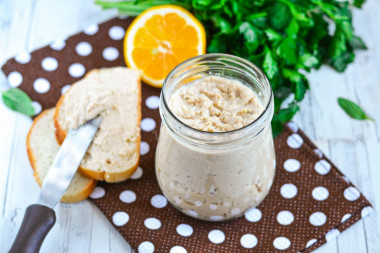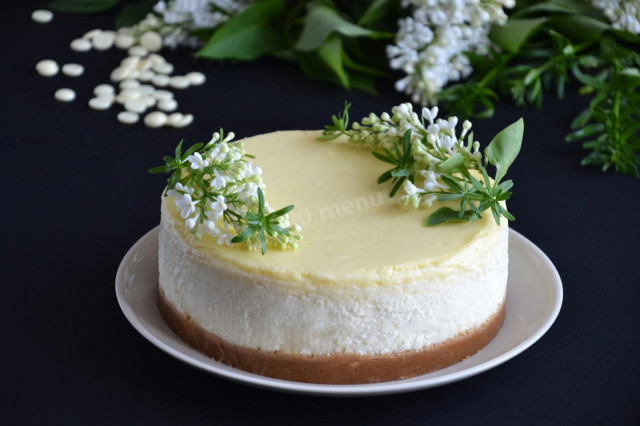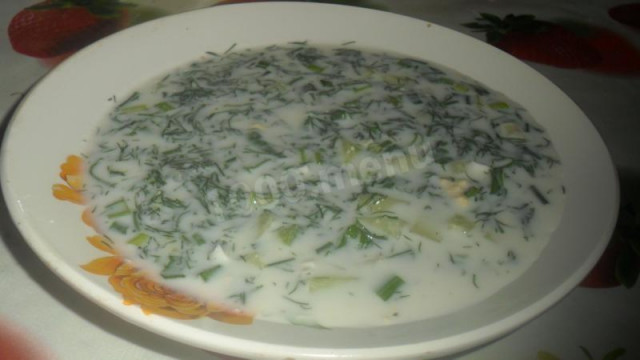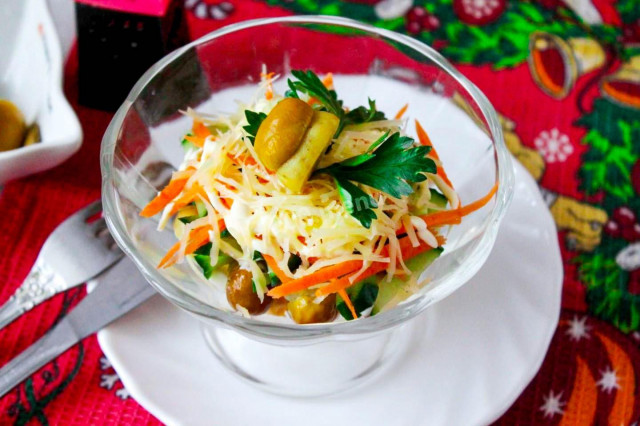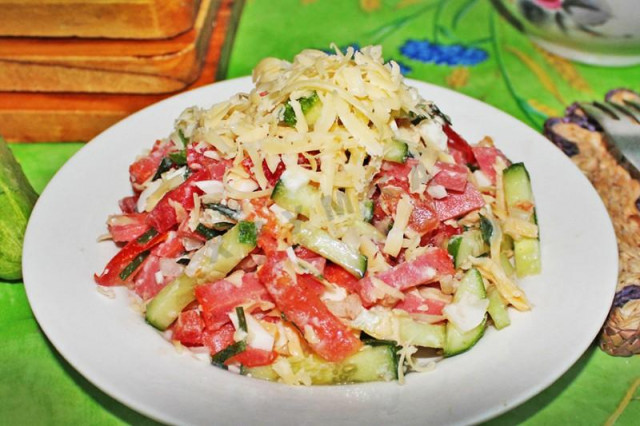Composition / ingredients
Step-by-step cooking
Step 1:
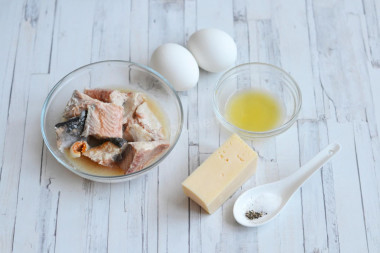
How to make pate from canned fish? Prepare the ingredients. Canned food is suitable from any fish, both red (pink salmon, tuna, salmon, trout, sockeye salmon) and white. I have pink salmon in oil.
Step 2:
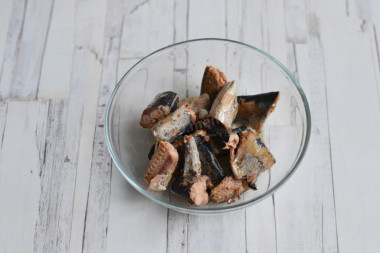
Remove the fish from the jar, but do not pour out the liquid itself, it will also be needed for the pate. Remove the fish's large bones and spine.
Step 3:
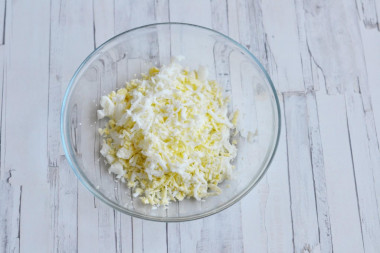
Hard-boiled eggs, cool and peel. Grate them on a coarse or medium grater. It is better to use large eggs with a bright yolk.
Step 4:
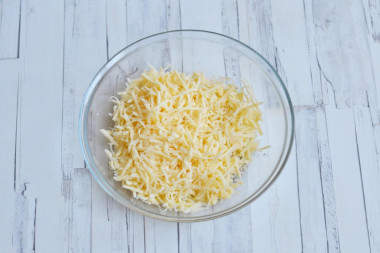
Also grate the cheese on a coarse grater. It is better to choose the cheese that you personally like to taste. It should be borne in mind that not only fish, but also cheese affect the taste of the finished pate. It is better if it is natural, high-quality, without milk fat substitutes.
Step 5:
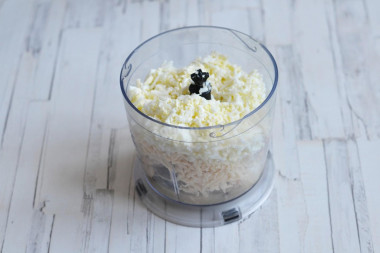
Put the fish together with the liquid, cheese and grated egg in the blender bowl.
Step 6:
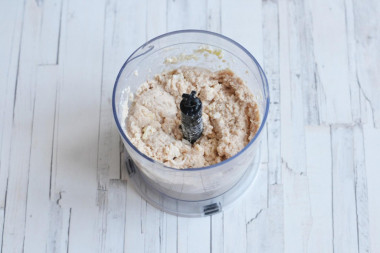
Chop everything. If you need a homogeneous structure of the pate, beat longer.
Step 7:
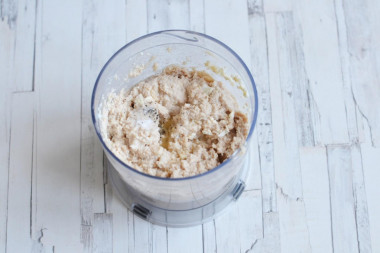
Pour lemon juice into the mass, season with salt and pepper. Mix again or punch in a blender. Lemon juice can not be added, but I advise you not to give it up: on the one hand, it will keep the pate from souring and act as a natural preservative, and on the other hand, it will give the snack a pleasant light sourness. It's only good for the pate.
Step 8:
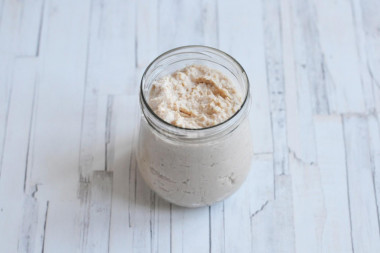
Put the pate in a clean jar with a lid and serve to the table.
Step 9:
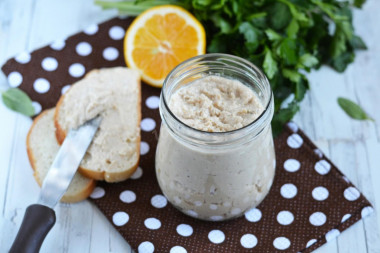
You can store the pate in a hermetically sealed jar for about three days in the refrigerator. Although usually the pate does not stay on the table for so long and is eaten on the first day. Enjoy your meal!
This pate is remarkable in that it can be served both on weekdays and on holidays. The composition of the pate includes affordable products, so you can safely cook it at least every day.
I usually use it as a spread on fresh bread or dried bread, as well as on salted crackers or chips.
If the pate is used as a filling in a ready-made snack (sandwiches, tartlets), then it is better to add it immediately before serving. Since the pate is wet and bread or tartlets can quickly get wet if they stand for a while.
How to cook hard-boiled eggs? So that the eggs do not crack when cooking, put them in cold water and put them to cook on a small fire. Boil the eggs for 9 minutes after boiling, then pour cold water and cool. From a sharp temperature drop, the shell will be better cleaned.
Shake the can before buying. The more liquid there is in it, the smaller the fish.
Caloric content of the products possible in the composition of the dish
- Chicken egg - 157 kcal/100g
- Egg white - 45 kcal/100g
- Egg powder - 542 kcal/100g
- Egg yolk - 352 kcal/100g
- Ostrich egg - 118 kcal/100g
- Dutch cheese - 352 kcal/100g
- Swiss cheese - 335 kcal/100g
- Russian cheese - 366 kcal/100g
- Kostroma cheese - 345 kcal/100g
- Yaroslavsky cheese - 361 kcal/100g
- Altai cheese 50% fat content - 356 kcal/100g
- Soviet cheese - 400 kcal/100g
- Cheese "steppe" - 362 kcal/100g
- Uglich cheese - 347 kcal/100g
- Poshekhonsky cheese - 350 kcal/100g
- Lambert cheese - 377 kcal/100g
- Appnzeller cheese with 50% fat content - 400 kcal/100g
- Chester cheese with 50% fat content - 363 kcal/100g
- Edamer cheese with 40% fat content - 340 kcal/100g
- Cheese with mushrooms of 50% fat content - 395 kcal/100g
- Emmental cheese with 45% fat content - 420 kcal/100g
- Gouda cheese with 45% fat content - 356 kcal/100g
- Aiadeus cheese - 364 kcal/100g
- Dom blanc cheese (semi-hard) - 360 kcal/100g
- Cheese "lo spalmino" - 61 kcal/100g
- Cheese "etorki" (sheep, hard) - 401 kcal/100g
- White cheese - 100 kcal/100g
- Fat yellow cheese - 260 kcal/100g
- Altai cheese - 355 kcal/100g
- Kaunas cheese - 355 kcal/100g
- Latvian cheese - 316 kcal/100g
- Limburger cheese - 327 kcal/100g
- Lithuanian cheese - 250 kcal/100g
- Lake cheese - 350 kcal/100g
- Gruyere cheese - 396 kcal/100g
- Ground black pepper - 255 kcal/100g
- Salt - 0 kcal/100g
- Lemon juice - 16 kcal/100g
- Canned pink salmon - 136 kcal/100g


